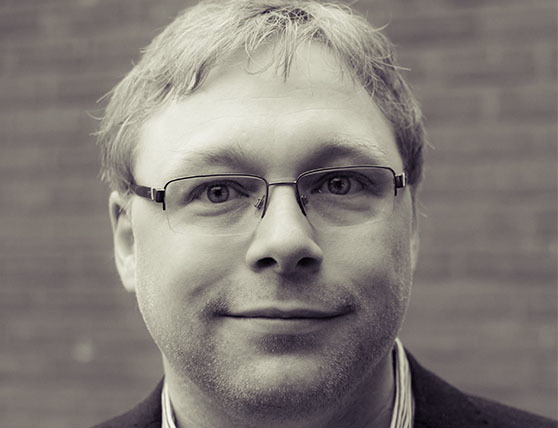I find it useful to close my eyes when I’m setting up the recording so that I focus on the sound, and ignore what my eyes are telling me about what I’m hearing. If you’re recording speech, it can be good to lower the stand the KU100 is on, so that its ears are at mouth height. This produces a more dynamic effect, especially if someone is really close to the head. You do have to be aware that the head picks up everything around you, so if you're trying to record a specific thing you have to be aware of any extraneous noise and the acoustic of the room as the head will pick up these as well. This can be a good thing if you're trying to record something in situ, and the character of the room or the environment is important.
The recordings don’t need any post-processing so they are ready to use straight away. In fact, a lot of forms of post-processing can remove some of the information in the recordings that make them so three-dimensional, so it’s important to get the recording as close to what you want to achieve as possible.
The KU100 provides an amazing sense of “being there”, much more so than any other kind of microphone. It really brings alive any dynamic environment for the listener. It’s amazing watching listeners listen to binaural recordings, as they spin in their seat to look for a sound they heard behind them. Binaural sound is a great medium for drama because it can create a great sense of space, of a panorama, and of a performers placement within that world.
Our audience of 800 or so people are all wearing Sennheiser HP02-140 headphones wired into our sound system. Headphone choice was important for us, with open (as opposed to closed) headphones having a more natural sound that benefits binaural sound. Wireless headphones – like IEM or silent disco systems, whilst convenient in some respects often aren't fully stereo so may reduce the impact of the binaural sound.
Providing a mechanism – a mini sound check – to make sure audience members had their headphones on the correct way before the experience properly began was useful, as people often put their headphones on the wrong way round. We also provide a mono mix, and a variety of interfaces for hearing aids to make sure the show is accessible to all.
In our stage production as well as using binaural recordings made on location, we also use a KU100 live onstage. The onstage head means director and performer Simon McBurney can talk to the audience directly using binaural sound, to whisper in their ear, to talk directly to each member. It creates an incredible sense of intimacy between performer and audience member, and simultaneously feels like Simon is sat next to them in the audience telling them a story, and that they are up onstage in the Amazon rainforest.
Binaural sound is a fantastic brush in the storyteller's palette - not perfect for everything, but unrivalled for some things. For The Encounter it is the perfect medium to tell the story, and creates an experience that has ignited audiences around the world. The Encounter has toured the UK, USA, Australia and Europe, and recently completed a 16 week run on Broadway. The sound design was awarded the UK’s Evening Standard award for Best Design.

